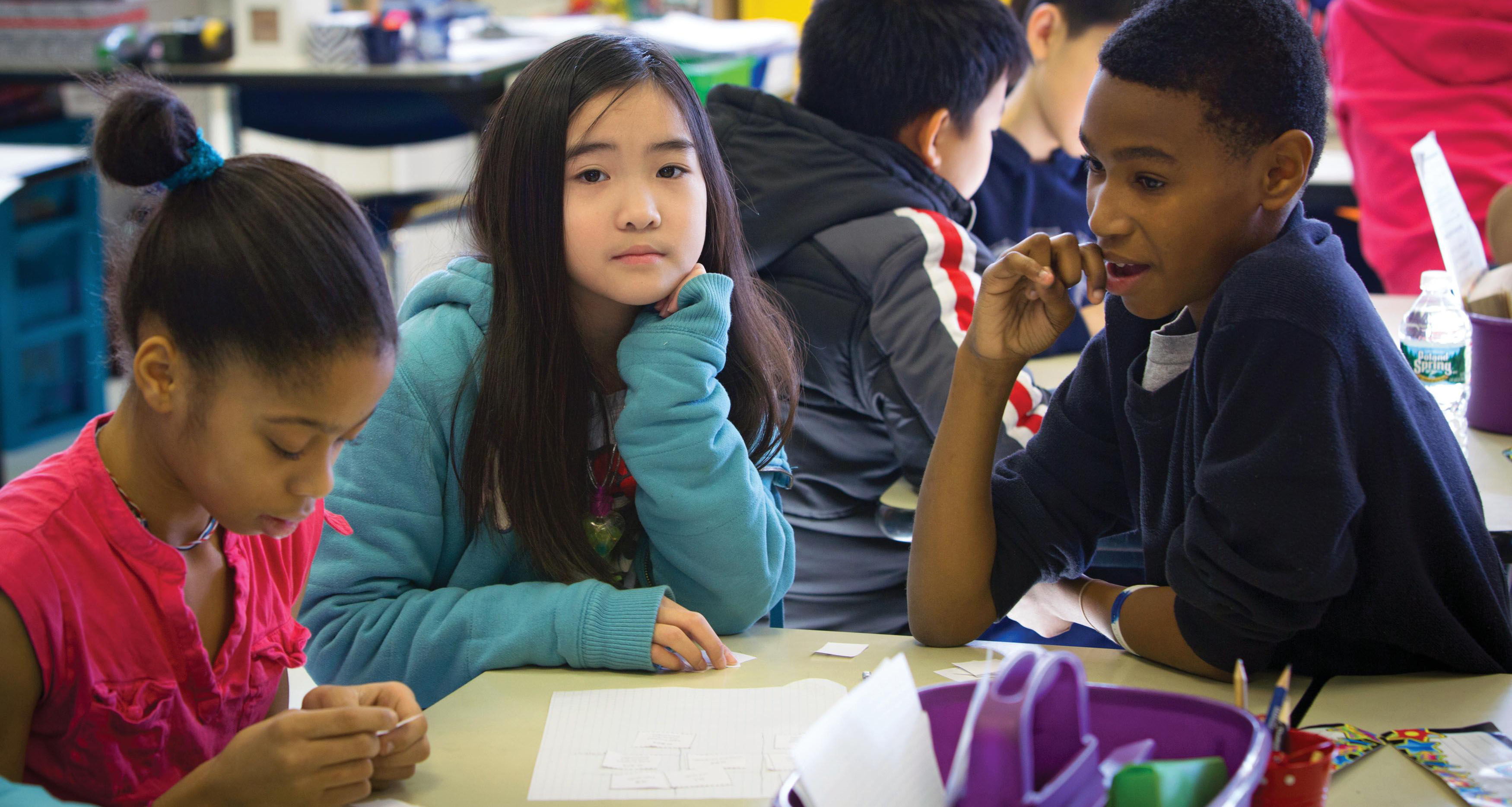
MARY E. WALSH
Comprehensive Services for Children in Poverty:
Setting the Research Agenda for Integrated Student Support
Boston College • October 18–20, 2017 • Invitation only
Ensuring support for children in poverty
Mary E. Walsh, the Lynch School’s Daniel E. Kearns Professor of Urban Education and Innovative Leadership, has created a national model for integrating comprehensive in-school and out-of-school student support. City Connects, a “whole child” intervention program that provides a personalized set of community services and supports to each student in a school—everything from eyeglasses to tutoring—addresses the needs of 30,000 children living in poverty across the country. The executive director of City Connects since 2001, Walsh expanded her leadership profile in October, organizing “Comprehensive Services for Children in Poverty: Setting the Research Agenda for Integrated Student Support” (October 18–20). She believes it was the first conference to convene national and international leaders from the field of integrated supports for children.
Funded with a grant from the American Educational Research Association (AERA) and private philanthropy, the invitation-only event brought 20 researchers to the Lynch School—all recognized experts in school-based approaches for lifting academic and nonacademic barriers to learning. The goal of the October conference, says Walsh, was to establish new national research priorities “to move the field forward.”
The event came at “a real inflection point” for integrated student support programs, she observes. Walsh’s own rigorous, peer-reviewed research has shown the effectiveness of integrated student support services in improving the lives of elementary school students living in high-poverty urban school districts. Released in 2016, City Connects’ most recent progress report provides evidence that students enrolled in the program’s schools outperform comparison peers in grades and test scores, improve attendance and retention rates, and, later, decrease dropout rates. This is true not only of students while they are in the program but also after they’ve left. City Connects students who were followed through eighth grade actually closed two-thirds of the achievement gap in math and half the gap in English language arts, says Walsh. When measured past eighth grade, the high-school dropout rate is reduced by half.
According to the nonprofit research organization Child Trends, efforts such as City Connects serve at least 1.5 million students in 3,000 schools across the country. While the program’s evidence-based success has inspired similar programs to adopt facets of the City Connects practice, of many programs like it, research has yet to identify the mechanisms driving its impressive results. “We know these programs work,” Walsh explains. “But if we want to deepen and expand our research, we need to understand why they work.” (In July, City Connects received a $2.5 million, four-year grant from the Institute of Education Sciences, the US Department of Education’s research and evaluation arm, to measure the program’s impact on student achievement and thriving in urban public school districts in Boston and Springfield, Massachusetts, and Hartford, Connecticut.)
As she looks to bring City Connects to more schools and cities, Walsh says she believes the conference helped ensure longterm support and funding for the program. “We must continue to show policymakers grounded research on why our work is relevant and how it serves children,” she says. “It’s important that we come together to further the field.”
—Alicia Potter



